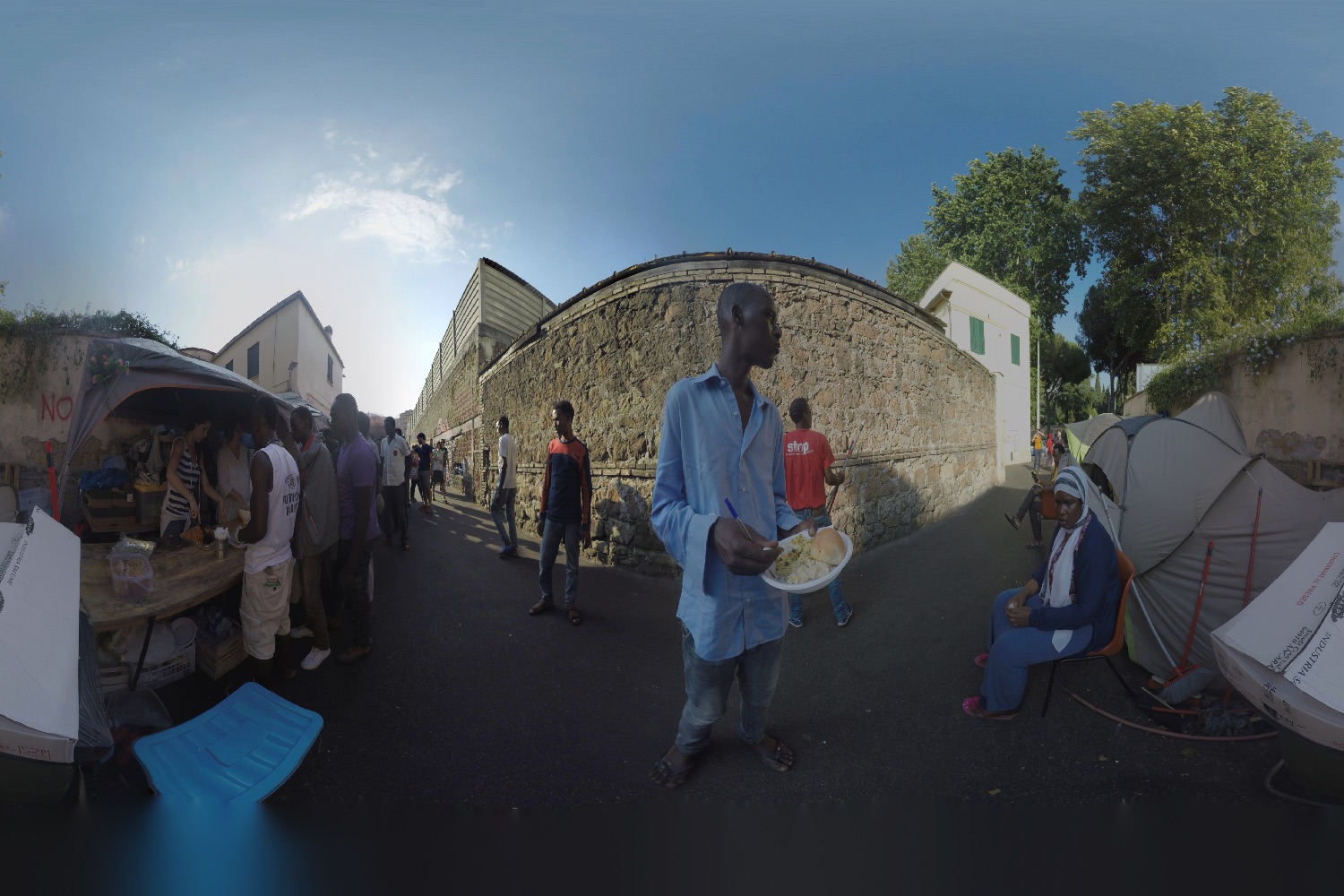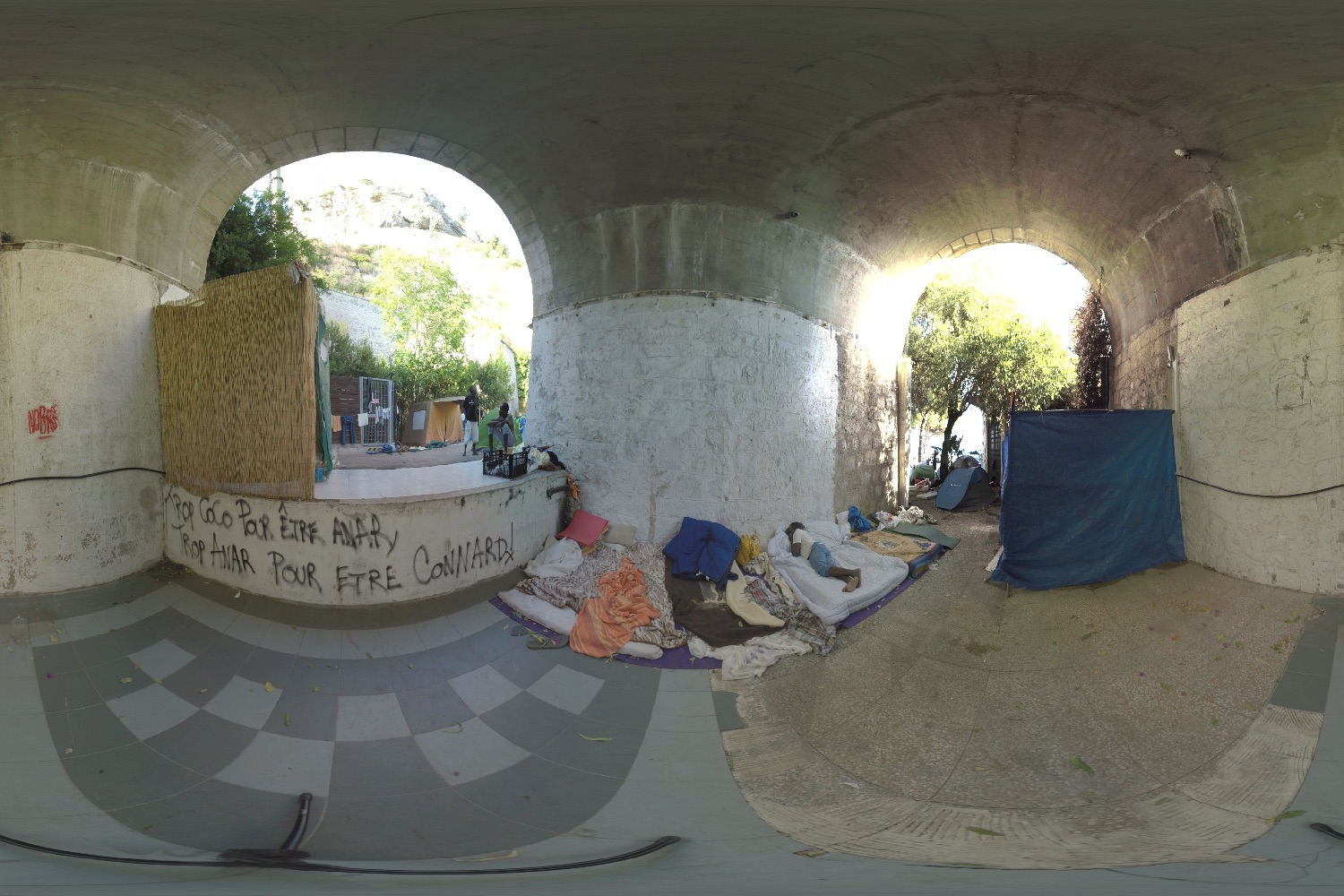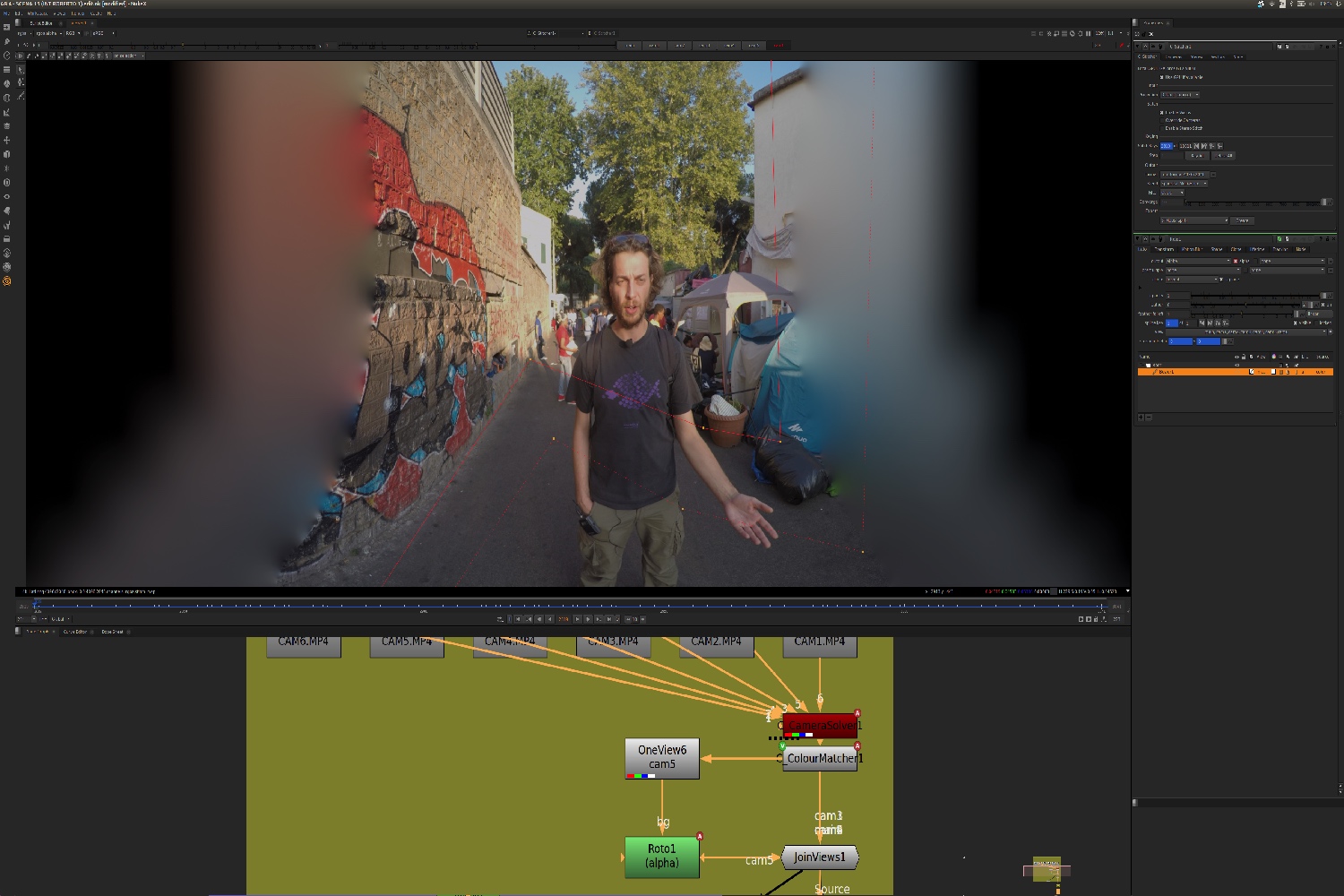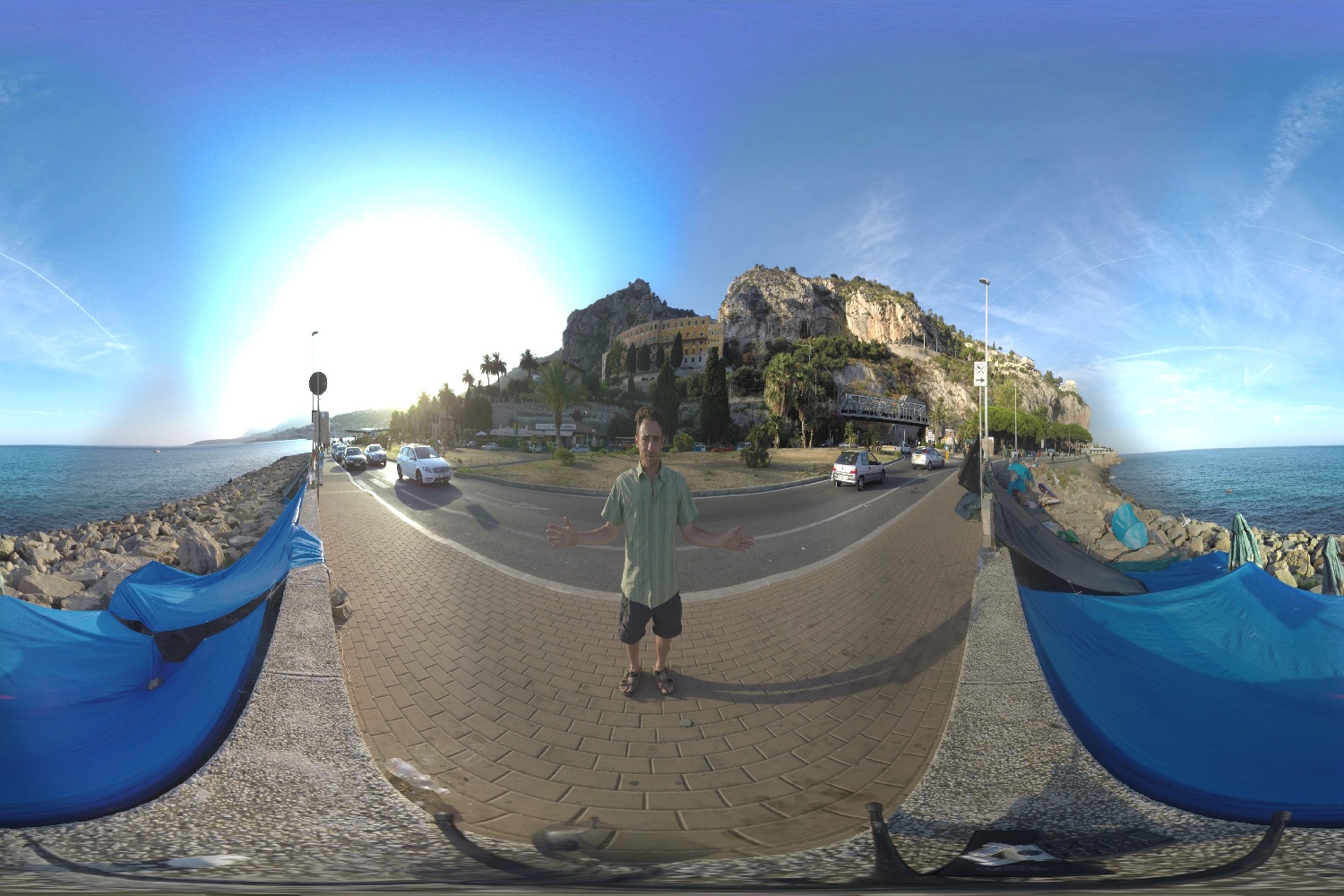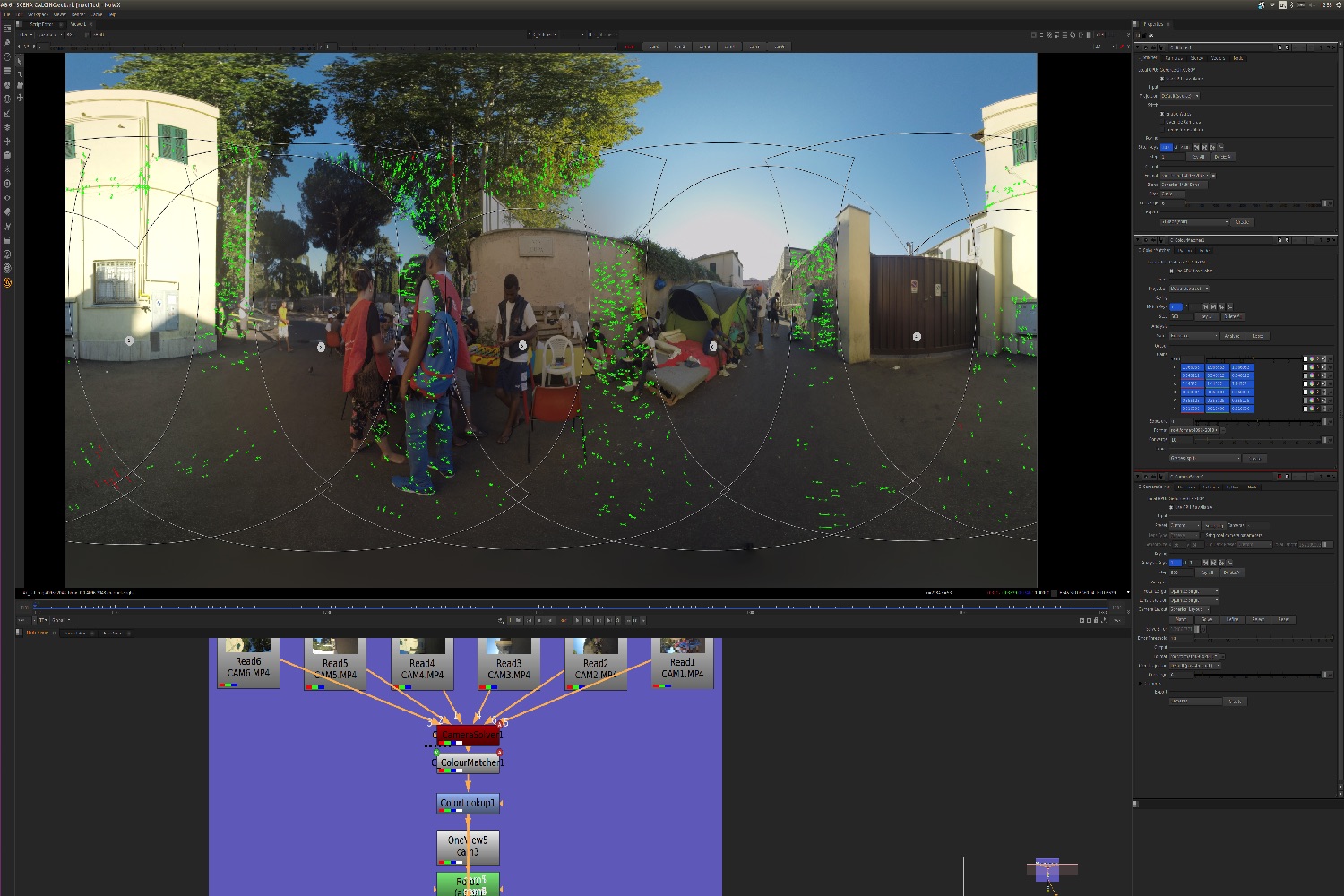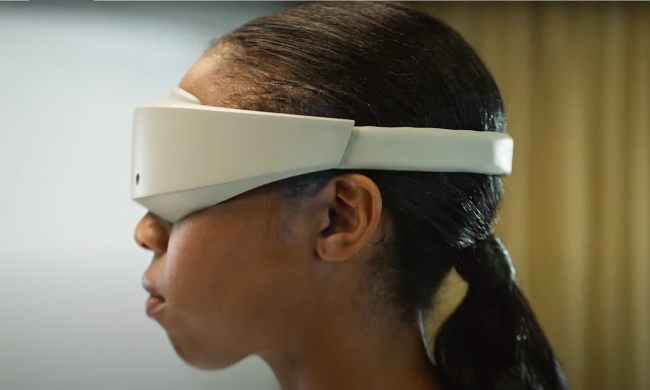Produced by an award-winning independent Italian production house, Radical Plans, the film uses cutting-edge VR tools created by computer graphics experts The Foundry. The 360-degree movie shows the plight of newly arriving refugees as they seek safety and a new life in Italy.
“It’s difficult to relay empathy [using certain traditional media] for such a challenging global issue as the migration crisis,” Jon Wadelton, chief technology officer at The Foundry, told Digital Trends. “You need to bring audiences closer to the environment in order to show the realities of the situation. As a medium, 360-degree VR immerses viewers in the content and allows them to see it from all angles.”
To provide one additional angle, The Foundry this week released the first part of a five-episode, behind-the-scenes documentary showcasing the creation of the VR film by Radical Plans.
“Our documentary shows the realities of filming in 360-degree VR,” Wadelton continued. “There are considerations for production teams that other media don’t present. For instance, when filming with a 360-degree camera, the director has to place it in the thick of the action and leave the scene in order to not ruin the shot. There are complex post-production processes that we were keen to highlight, as well as the technology solutions that make the process simpler. Our series runs through various aspects like these in turn, from the motivations of the filmmakers, all the way through to post-production considerations.”
In doing so, it’s both a fascinating look at how a medium like VR can take viewers closer than ever to challenging global issues, while also being a rare exploration of the making of an acclaimed virtual reality film.
“We are utterly delighted to work with creative filmmakers who are changing the boundaries around how we create and view content,” said Alex Mahon, CEO of The Foundry. “Our documentary shows the power of using VR to bring an issue like the refugee crisis to life. Radical Plans have highlighted an important set of issues and demonstrated the possibility to create empathy using VR.”
